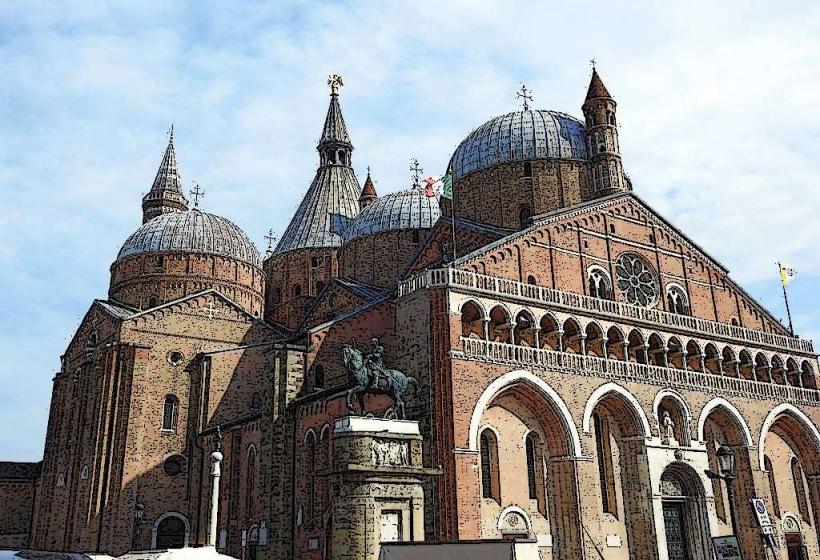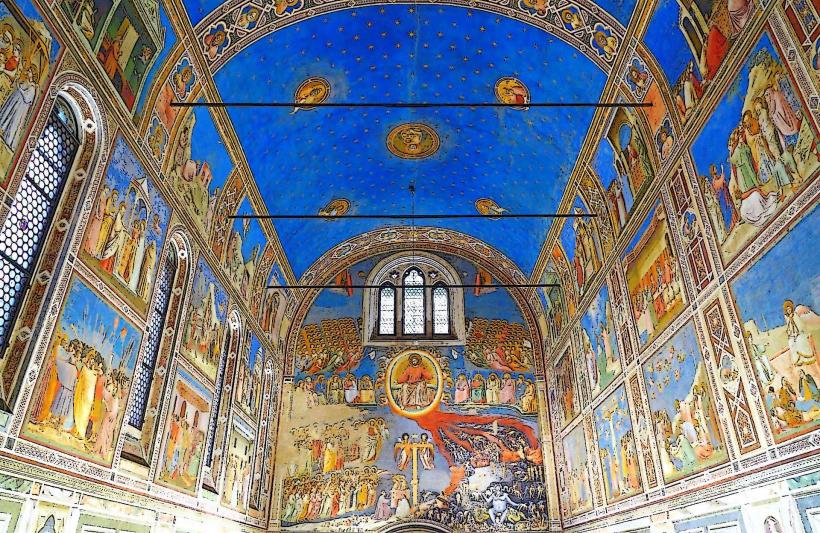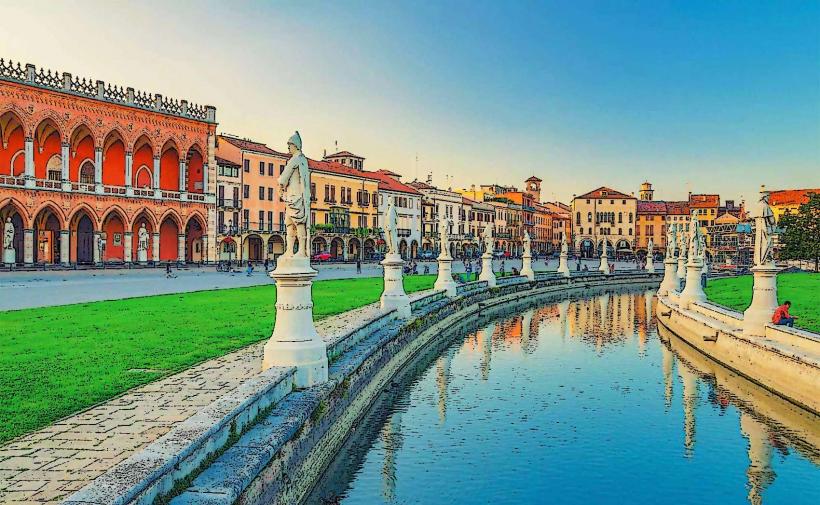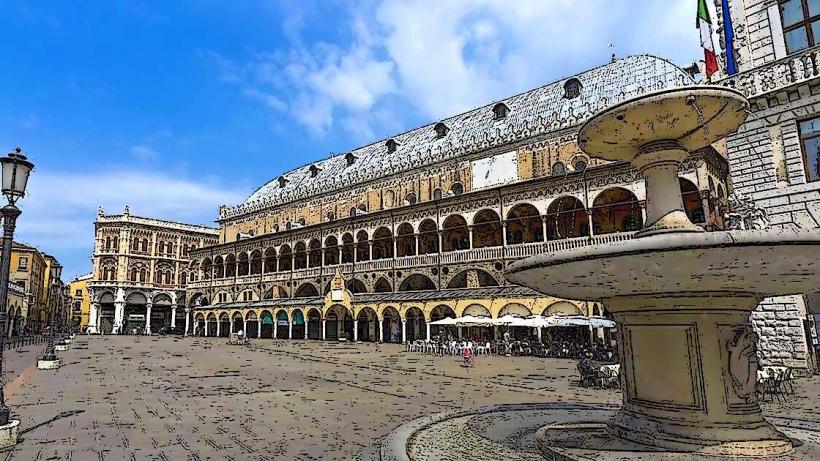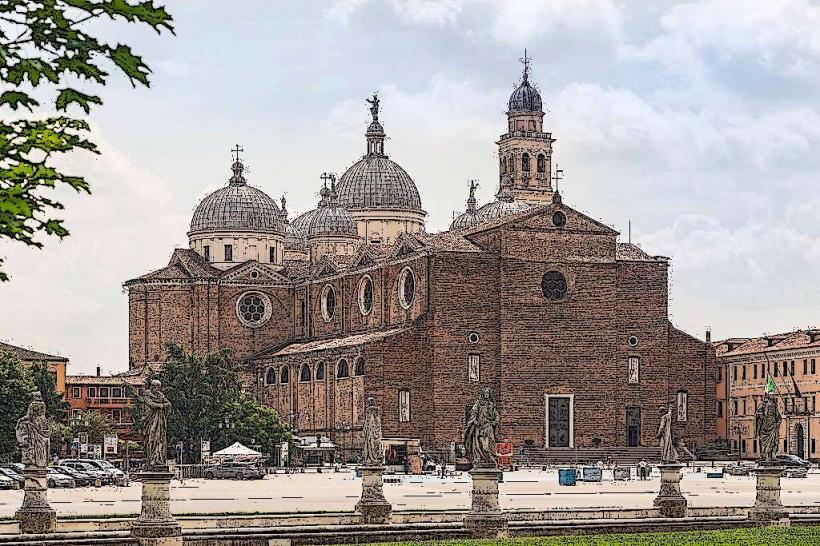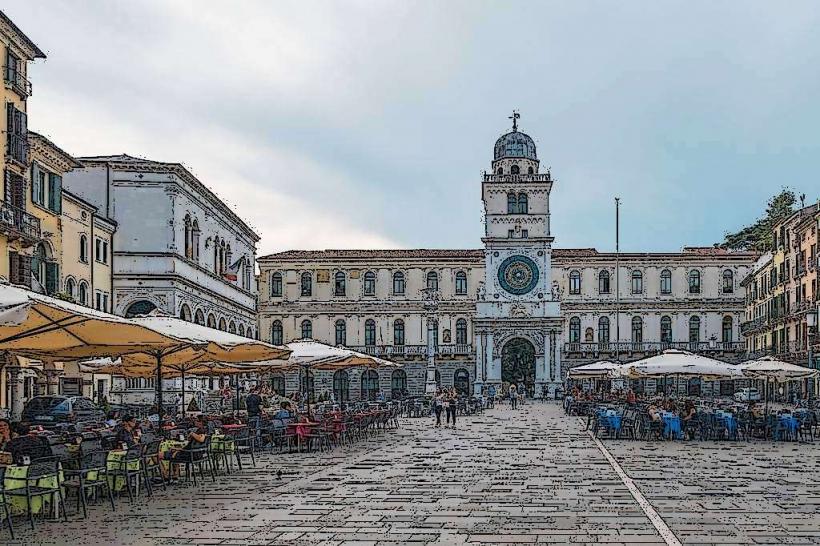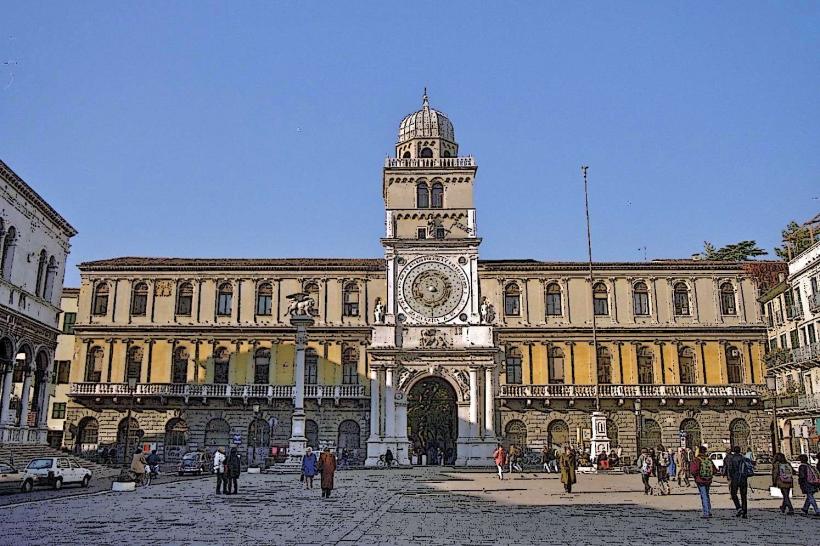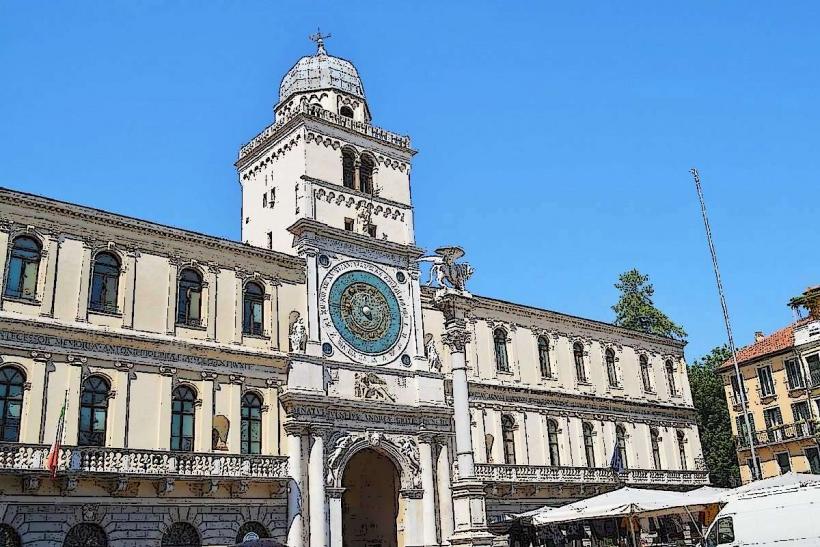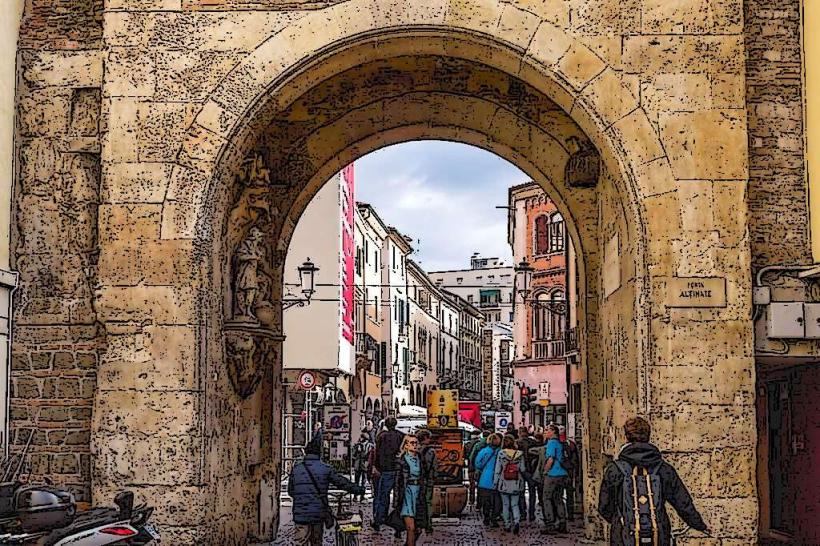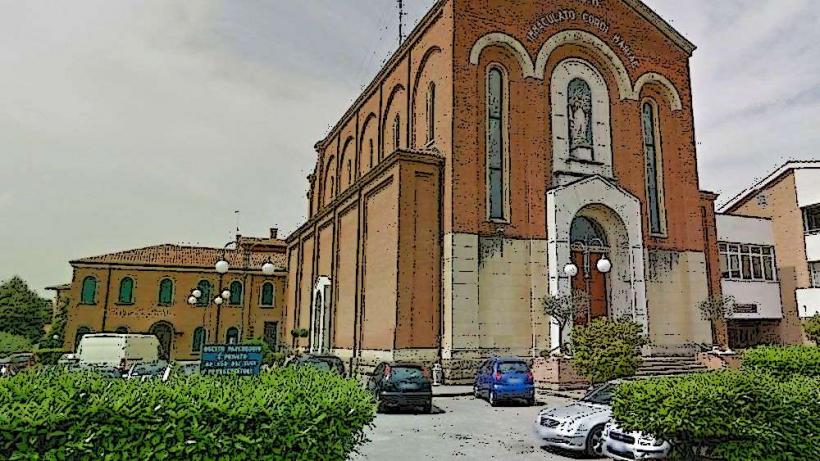Information
Landmark: Tomba di AntenoreCity: Padua
Country: Italy
Continent: Europe
Tomba di Antenore (Tomb of Antenor) is a historic monument located in Padua, Italy. It is traditionally believed to be the burial site of Antenor, a legendary figure from ancient Greek mythology and a supposed founder of the city of Padua. The tomb is an important archaeological site and one of the most fascinating landmarks in the city, offering insight into Padua’s early history and its connection to ancient myths.
Key Features of Tomba di Antenore:
Historical and Legendary Significance:
- The Tomba di Antenore is named after Antenor, a mythical figure from ancient Greek legend. According to Greek mythology, Antenor was a Trojan nobleman who survived the fall of Troy and later led a group of Trojans to Italy. The legend states that he founded the city of Padua, and it is believed that he was buried here after his death.
- In ancient Greek and Roman tradition, the story of Antenor was well known, and he was often depicted as a wise and noble leader. His connection to Padua is one of the key elements of the city’s legendary origins.
The Monument's Structure:
- The Tomba di Antenore is a stone structure located near Piazza Antenore in Padua. It consists of a large, rectangular base and a tomb-like chamber, which was once thought to be a mausoleum. The structure is made of limestone, which was a common building material in the region.
- The tomb is designed in a Roman-style with an arched entry, and some parts of the monument resemble the architectural style of ancient Roman funerary monuments. The chamber was likely used for the burial of important figures or revered ancestors.
Archaeological Discoveries:
- Archaeological excavations at the site have revealed a variety of artifacts, some of which date back to Roman times. However, no concrete evidence has been found to directly confirm the identity of the person buried in the tomb.
- Despite the lack of definitive proof regarding the identity of the remains, the tomb has remained a symbol of Padua's ancient and mythical origins.
Myth vs. Reality:
- While the Tomba di Antenore is traditionally linked to the legendary Antenor of Trojan War fame, there is no archaeological evidence that directly links the tomb to this figure. Some scholars believe the tomb may have been constructed later, during the Roman period, to honor the city's mythical founder.
- The legend of Antenor is part of a larger tradition of mythological figures being associated with the founding of important cities in the ancient world. Whether or not Antenor himself is buried there, the tomb remains a symbolic link to the mythical past of Padua.
Cultural and Historical Importance:
- The Tomba di Antenore is considered one of the most important landmarks in Padua, as it represents the city’s connection to ancient mythology and its long history. The monument serves as a reminder of the city’s legendary origins, linking it to the ancient Greek and Roman world.
- It is also a symbol of the city's cultural heritage and its historical significance as a major center in northern Italy during the Roman period.
Location and Accessibility:
- The tomb is located in the historic center of Padua, close to other significant landmarks such as the Basilica di Sant'Antonio and Piazza delle Erbe. It is accessible to the public, and visitors often stop by to admire the monument and learn more about the city's ancient past.
- The Piazza Antenore is a small square where the tomb is located, and it offers a peaceful and reflective setting, adding to the monument’s allure as a historic site.
Nearby Attractions:
- Visitors to the Tomba di Antenore can easily explore other historical sites in Padua, such as the Prato della Valle, the Palazzo della Ragione, and the Scrovegni Chapel. The tomb adds an additional layer to the understanding of Padua’s ancient history, complementing these other significant landmarks.
In Summary:
The Tomba di Antenore is a fascinating historical monument that connects Padua to the ancient myths of Troy and the legendary figure of Antenor. Whether or not it actually serves as the burial site of the Trojan hero, the tomb remains a symbol of Padua's deep historical roots and its significance as a city with a rich and mythologically charged past. As both an archaeological and cultural landmark, the Tomba di Antenore continues to attract visitors and scholars, offering a glimpse into the city's ancient heritage.

